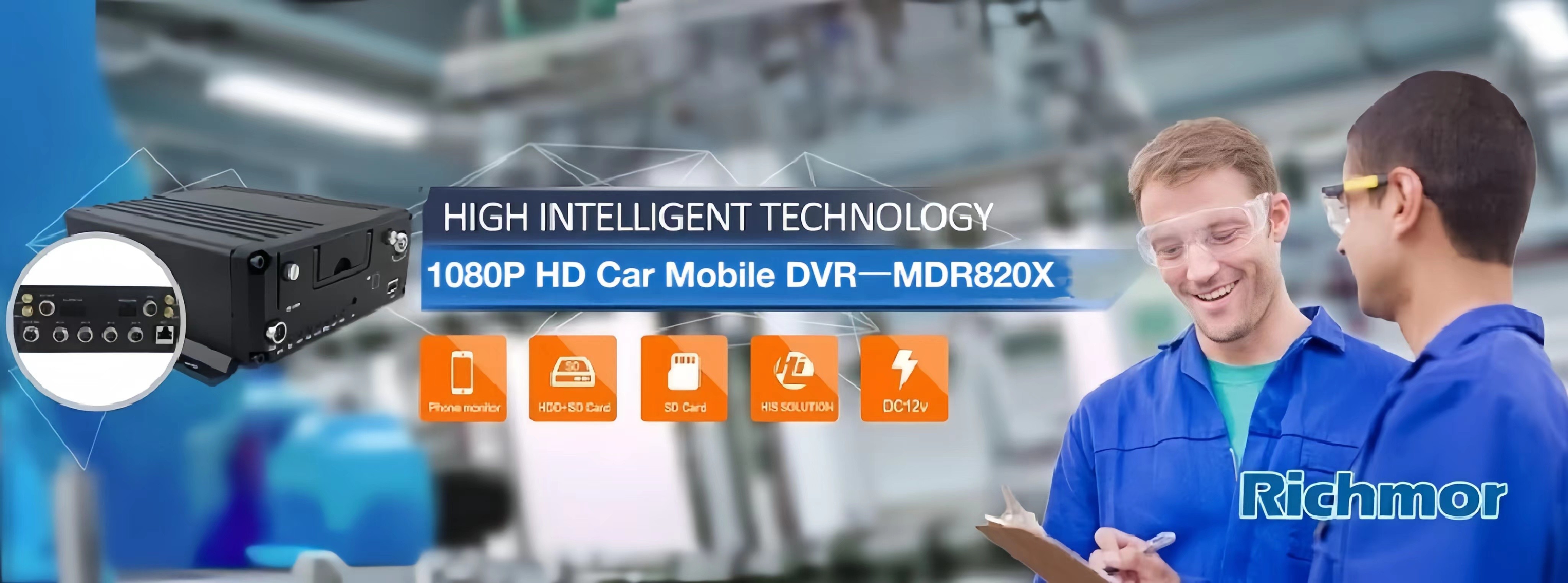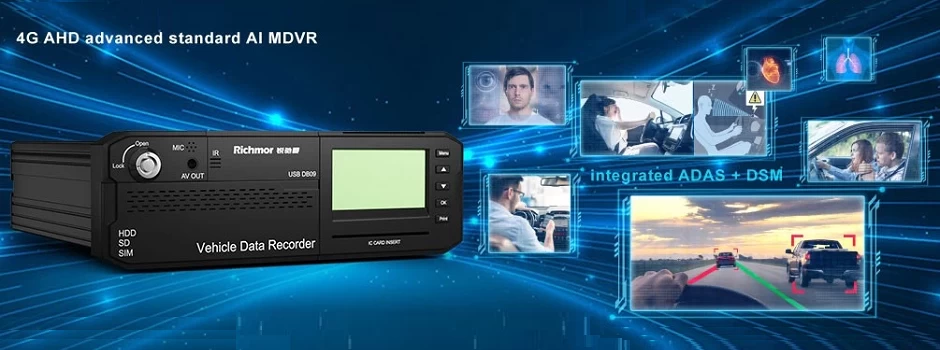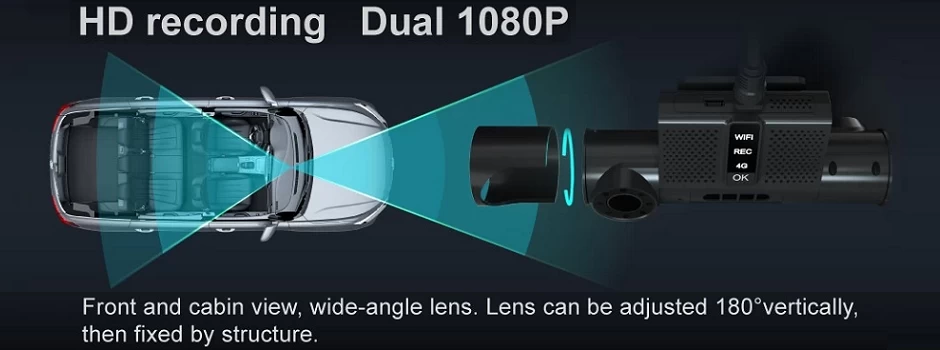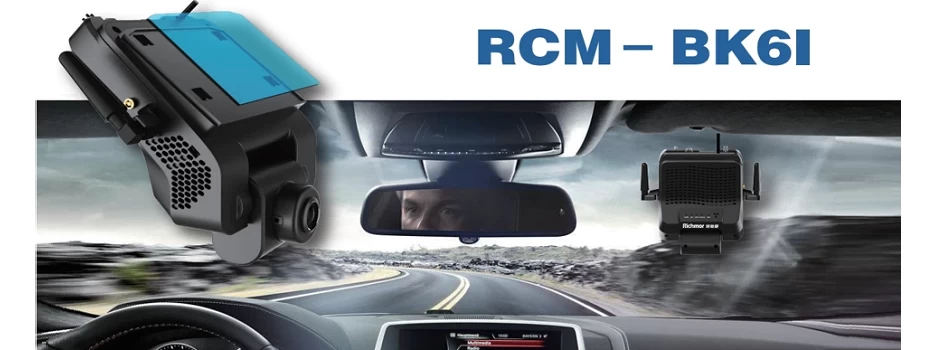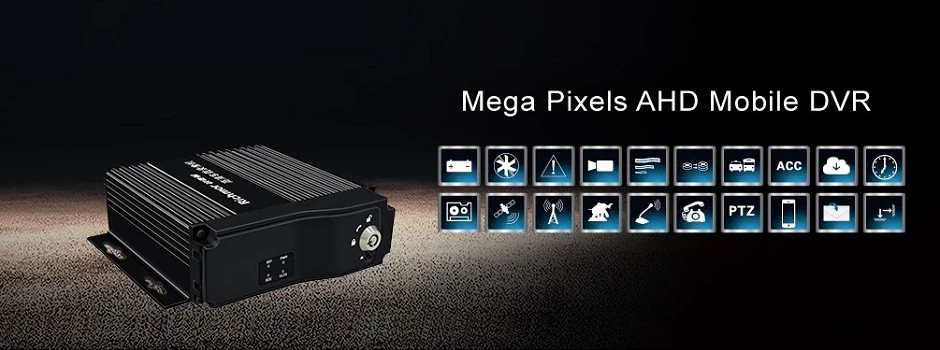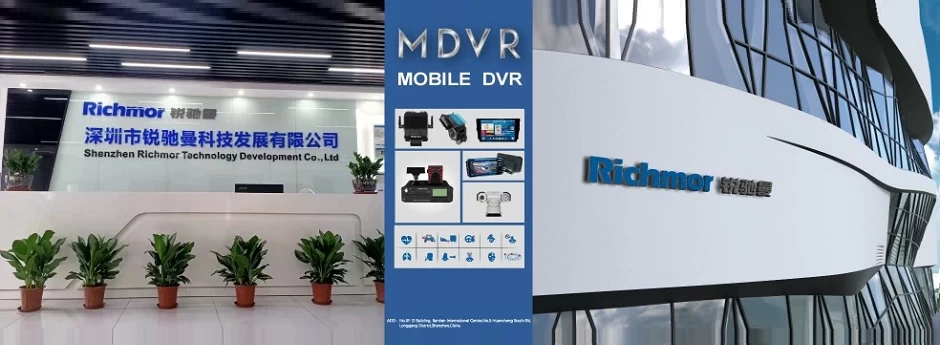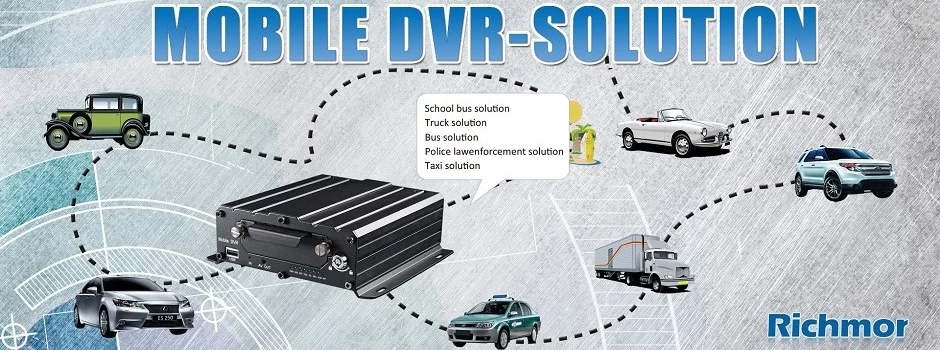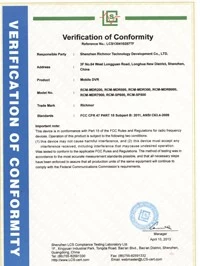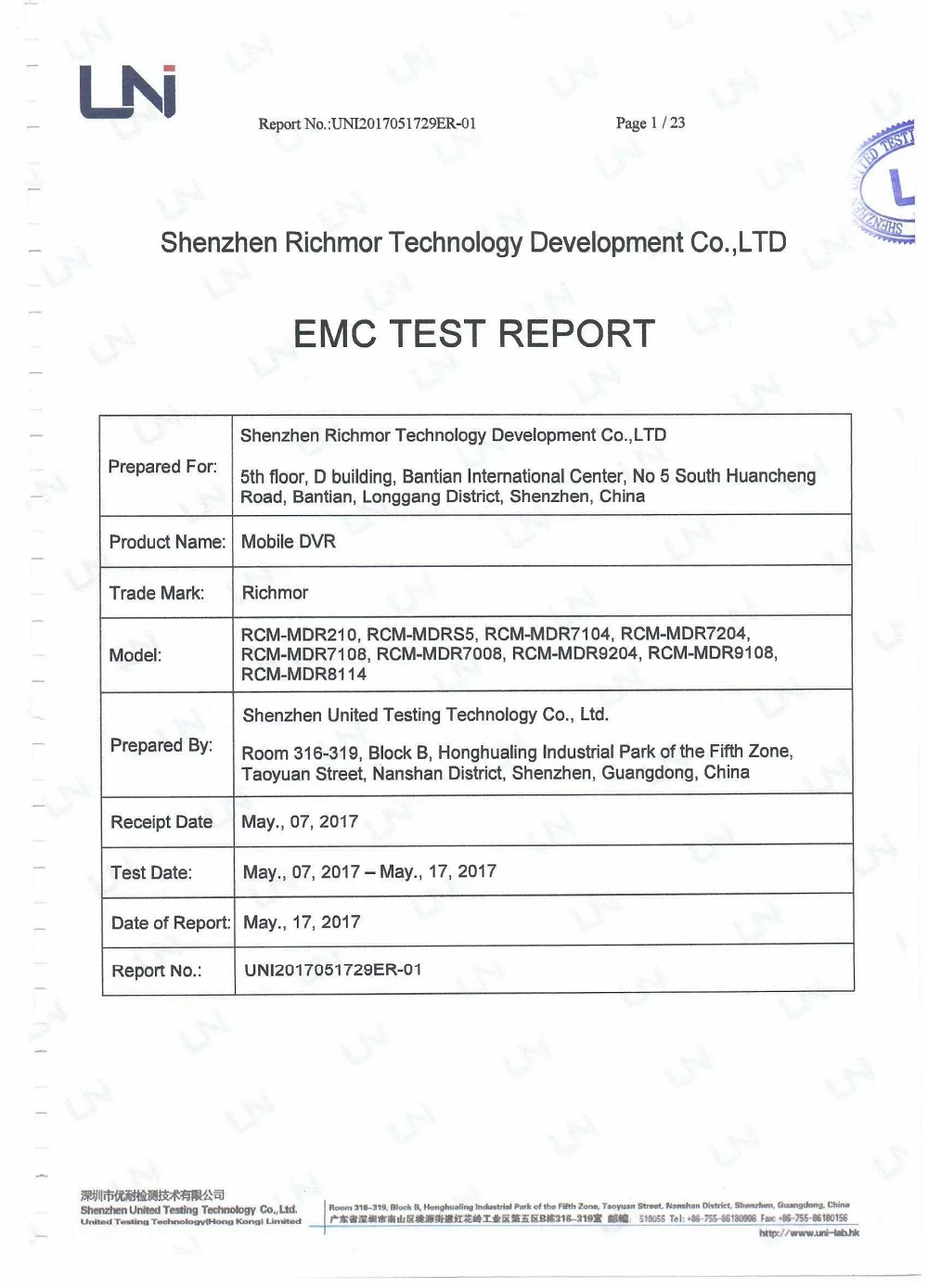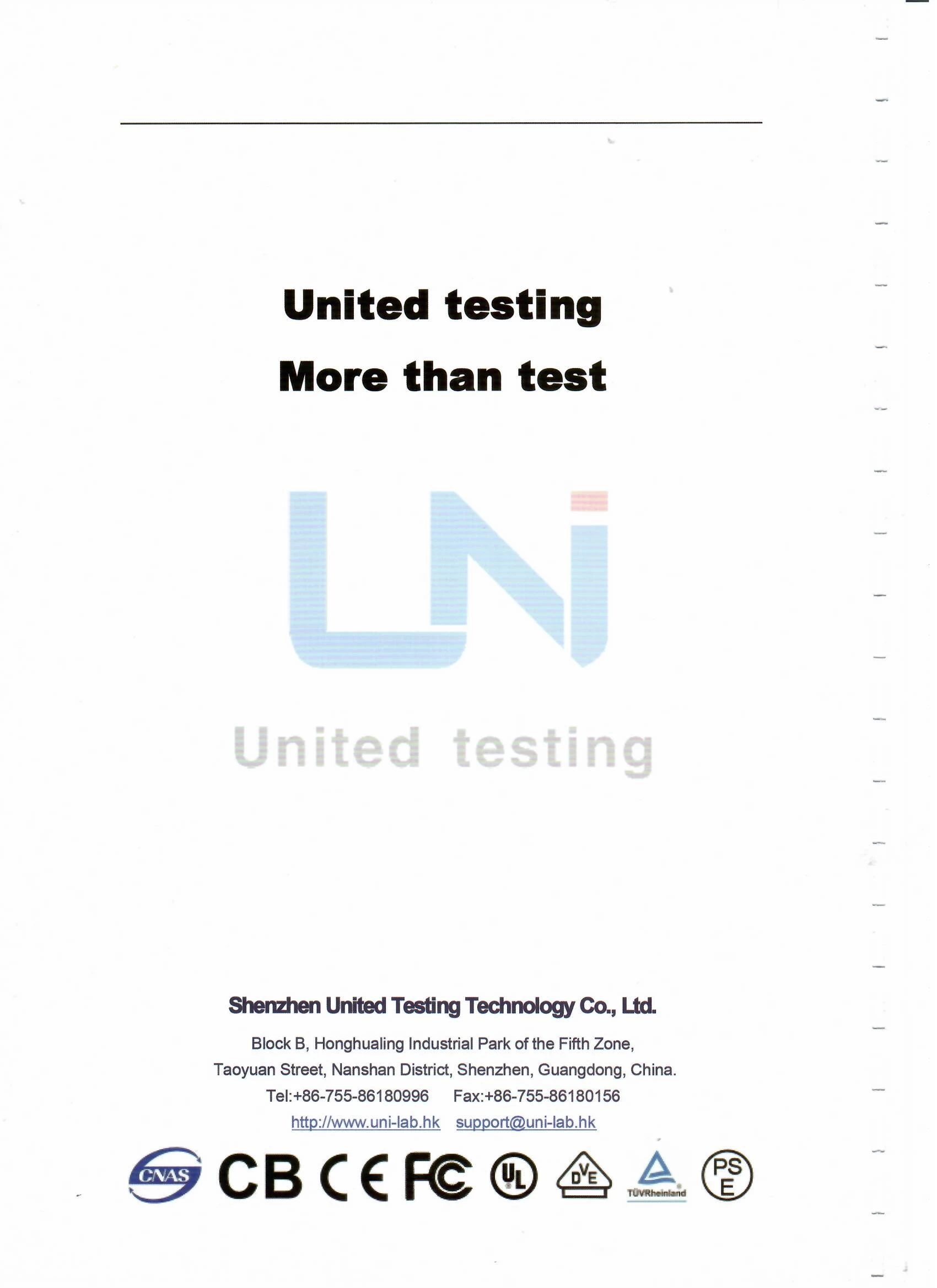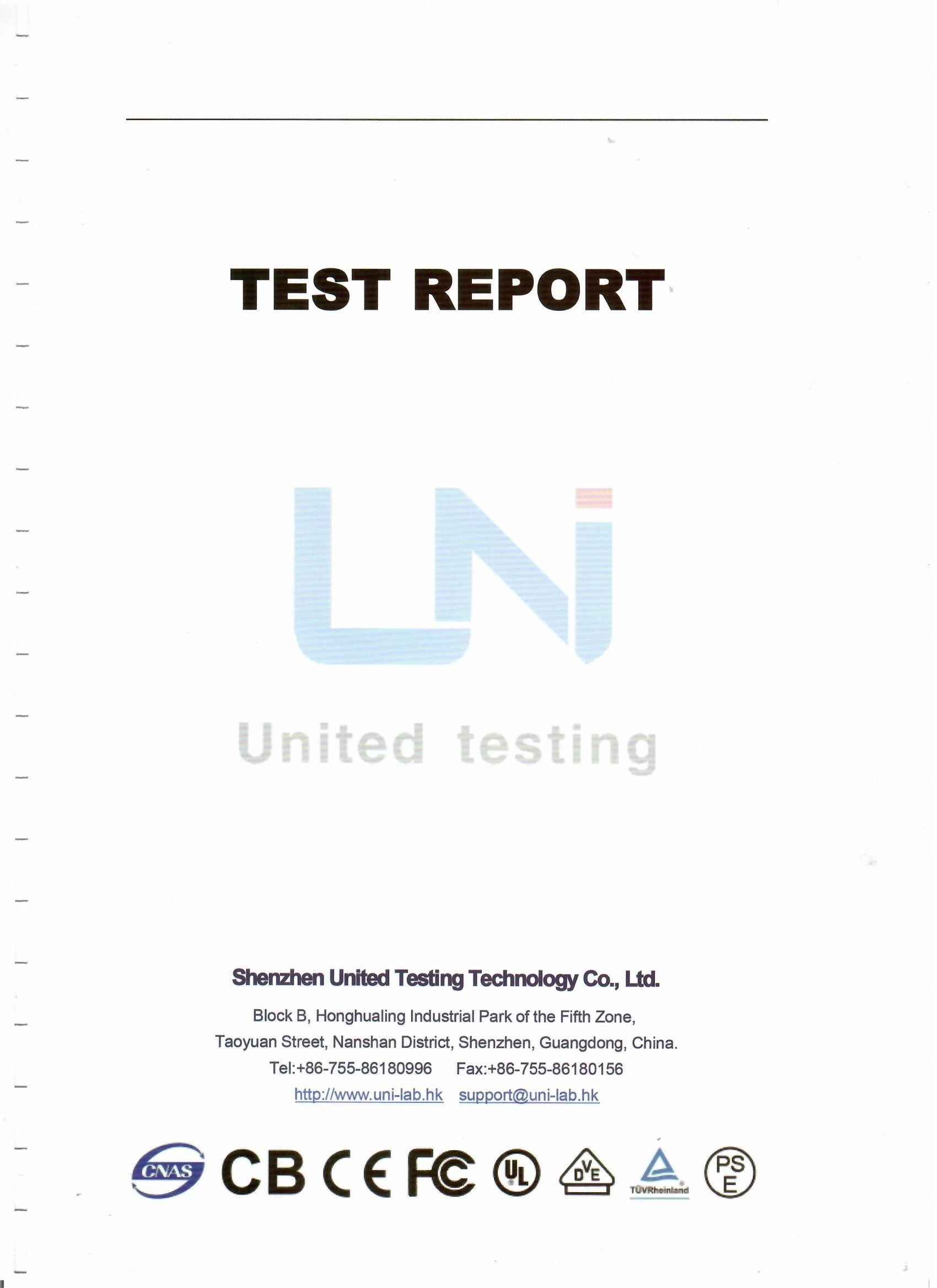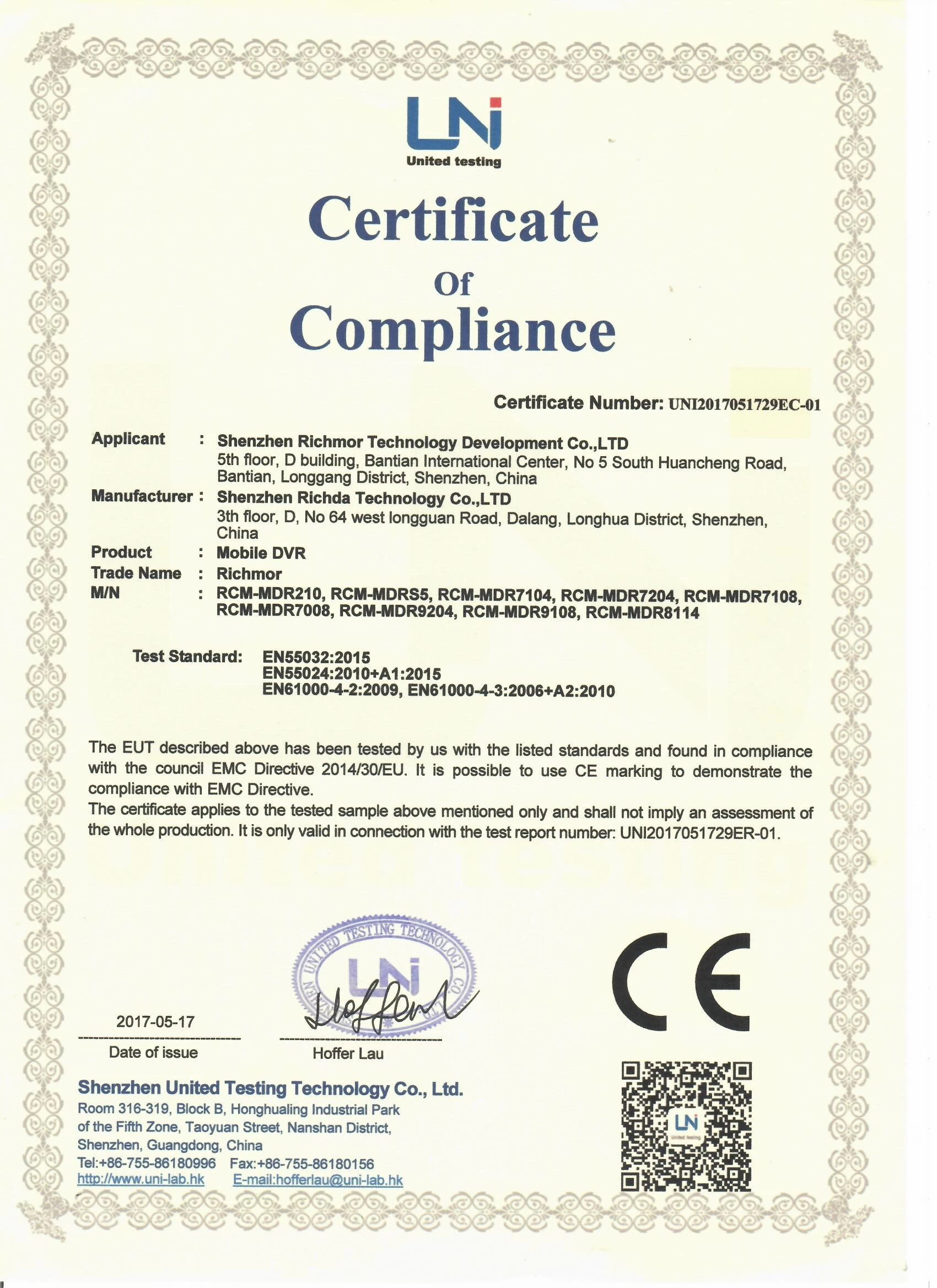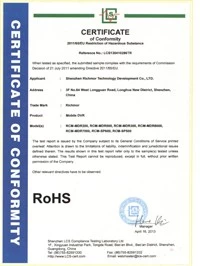What is an integrated surveillance camera
richmor
richmor.net
2018-05-23 16:01:51
What is an integrated surveillance camera
What is an integrated surveillance camera? Integrated surveillance cameras generally refer to cameras with built-in cameras that can be automatically focused. They share a core component camera camera (ball machine) with a spherical camera (ball machine). The following small series for you to fully understand what is the integrated surveillance camera.
Compared with ordinary video cameras, cameras using integrated machine movements have a wide range of monitoring, especially domes, which can achieve all-rounder and longer distance monitoring. Ordinary cameras can only reach the “visible” level at a slightly longer distance, and the dome can be seen “visible” at this distance. The HD dome camera can even express this effect to the extreme.
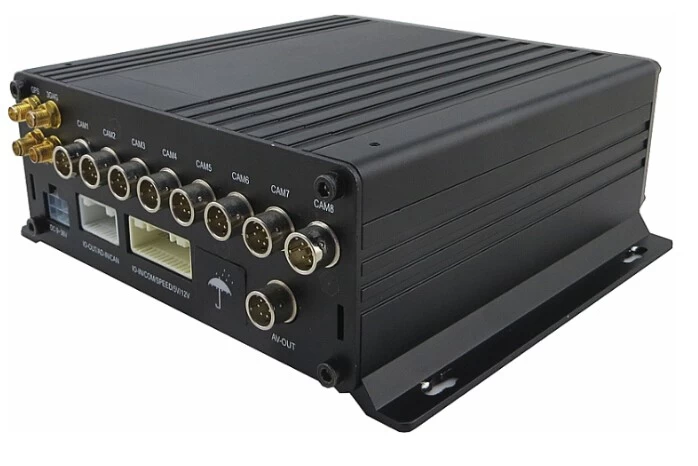
Movement is the core component
The movement of the all-in-one machine is mainly composed of two major parts: the optical part and the hardware and software (autofocus plate, etc.). The optical part is the imaging system of the all-in-one movement, usually called the all-in-one lens. The camera lens is the core component of the all-in-one movement, which directly affects the quality of the all-in-one movement. The R&D and manufacturers of integrated camera movements basically use outsourcing camera lenses.
The criteria for judging camera lens quality can be roughly divided into: optical performance, stability and consistency of key components. The optical performance mainly refers to the resolution of the lens under various optical multiples; other issues include ghosting, purple fringing, and dispersion. Key components include: aperture, motor and filter switching and other components. According to the quality of all-in-one lens, it can be roughly divided into three levels: Japanese lens, Taiwan lens and domestic lens. Japanese lenses generally perform well in terms of optical performance and stability, but their prices are higher. Taiwan's lenses are relatively cost-effective, but their optical performance, especially their high resolution, does not perform well; while domestic manufacturers' one-camera lenses do not perform well in terms of stability and consistency. ideal.
In addition, the filter is also part of this optical system, but it is not always valued by camera development companies. High-quality filters have a unique effect on the color of the image and reduce the optical deficiencies of the lens. Related to the optical system is the photosensitive device. Since the monitoring environment of the integrated machine core application usually requires all-day monitoring, it has the same requirements for day and night. To take into account both the daytime and nighttime effects, CCDs are generally used today, and since the optical aperture of standard-definition lenses is only 1/4 inch, the SD caliber movements generally select 1/4-inch SONY CCDs (especially low-noise Excellent performance.) For high-definition one machine movement you need to select the photosensitive device according to the lens aperture. CMOS imaging devices have consistently outperformed CCDs in terms of speed and low noise, while the latest CMOS has improved greatly in terms of low noise. In terms of comprehensive cost-effectiveness, CMOS is also superior to CCD in terms of back-end DSP processing and heat generation; therefore, CMOS sensors will be used more and more in high-definition integrated machine cores (especially digital high-definition integrated machine cores). In addition to the optical system, the hardware and software systems are the main development parts of the All-In-One Movement Development Company. Its core technology is auto focus.
What is an integrated surveillance camera? Integrated surveillance cameras generally refer to cameras with built-in cameras that can be automatically focused. They share a core component camera camera (ball machine) with a spherical camera (ball machine). The following small series for you to fully understand what is the integrated surveillance camera.
Compared with ordinary video cameras, cameras using integrated machine movements have a wide range of monitoring, especially domes, which can achieve all-rounder and longer distance monitoring. Ordinary cameras can only reach the “visible” level at a slightly longer distance, and the dome can be seen “visible” at this distance. The HD dome camera can even express this effect to the extreme.

Movement is the core component
The movement of the all-in-one machine is mainly composed of two major parts: the optical part and the hardware and software (autofocus plate, etc.). The optical part is the imaging system of the all-in-one movement, usually called the all-in-one lens. The camera lens is the core component of the all-in-one movement, which directly affects the quality of the all-in-one movement. The R&D and manufacturers of integrated camera movements basically use outsourcing camera lenses.
The criteria for judging camera lens quality can be roughly divided into: optical performance, stability and consistency of key components. The optical performance mainly refers to the resolution of the lens under various optical multiples; other issues include ghosting, purple fringing, and dispersion. Key components include: aperture, motor and filter switching and other components. According to the quality of all-in-one lens, it can be roughly divided into three levels: Japanese lens, Taiwan lens and domestic lens. Japanese lenses generally perform well in terms of optical performance and stability, but their prices are higher. Taiwan's lenses are relatively cost-effective, but their optical performance, especially their high resolution, does not perform well; while domestic manufacturers' one-camera lenses do not perform well in terms of stability and consistency. ideal.
In addition, the filter is also part of this optical system, but it is not always valued by camera development companies. High-quality filters have a unique effect on the color of the image and reduce the optical deficiencies of the lens. Related to the optical system is the photosensitive device. Since the monitoring environment of the integrated machine core application usually requires all-day monitoring, it has the same requirements for day and night. To take into account both the daytime and nighttime effects, CCDs are generally used today, and since the optical aperture of standard-definition lenses is only 1/4 inch, the SD caliber movements generally select 1/4-inch SONY CCDs (especially low-noise Excellent performance.) For high-definition one machine movement you need to select the photosensitive device according to the lens aperture. CMOS imaging devices have consistently outperformed CCDs in terms of speed and low noise, while the latest CMOS has improved greatly in terms of low noise. In terms of comprehensive cost-effectiveness, CMOS is also superior to CCD in terms of back-end DSP processing and heat generation; therefore, CMOS sensors will be used more and more in high-definition integrated machine cores (especially digital high-definition integrated machine cores). In addition to the optical system, the hardware and software systems are the main development parts of the All-In-One Movement Development Company. Its core technology is auto focus.
Richmor is a Vehicle Camera system supplier,they has produced 8ch 3g car dvr with wifi and gps ,Hd 1080p H.264 Mobile Dvr and other kinds of vehicle car camera system.

